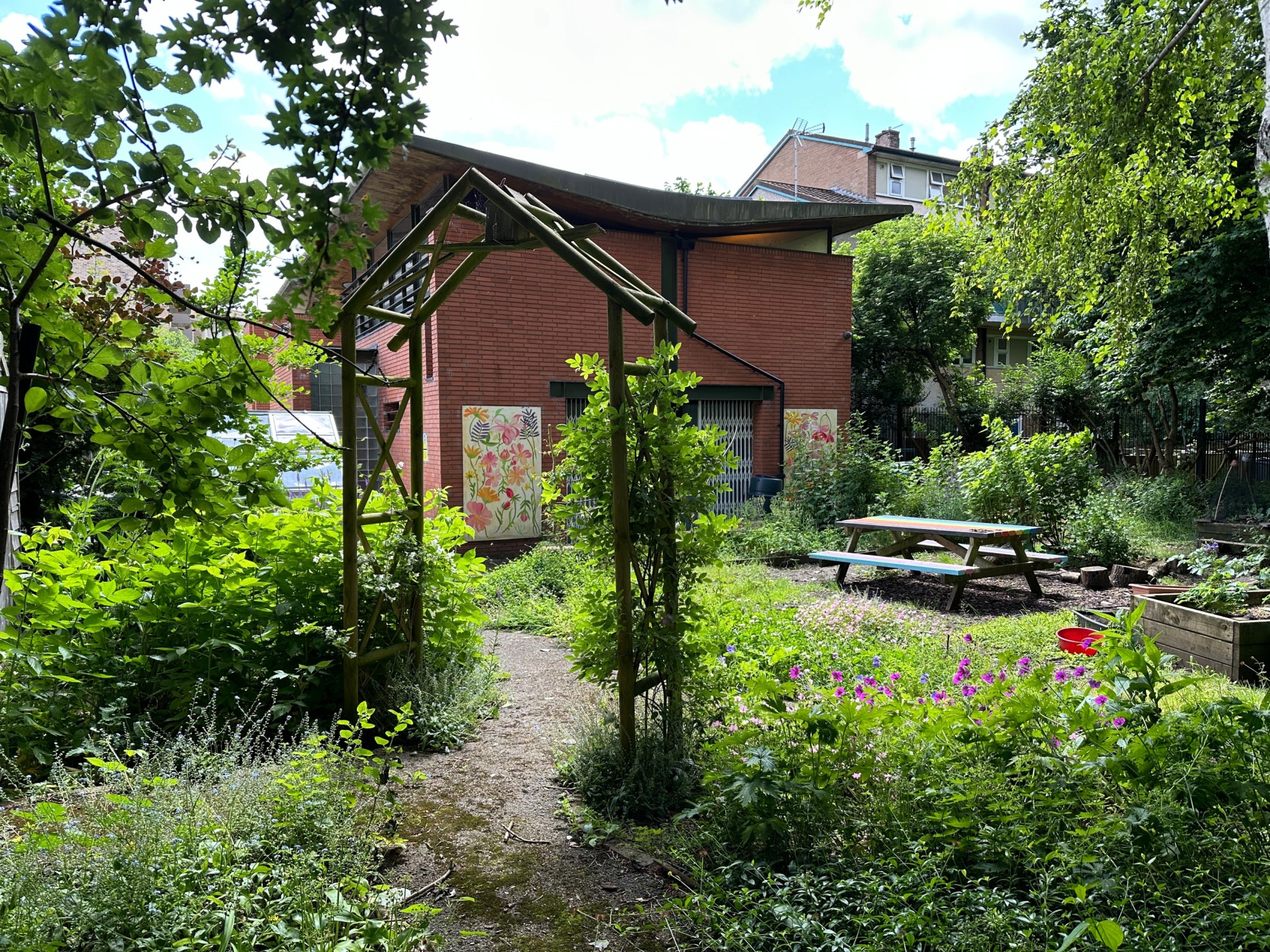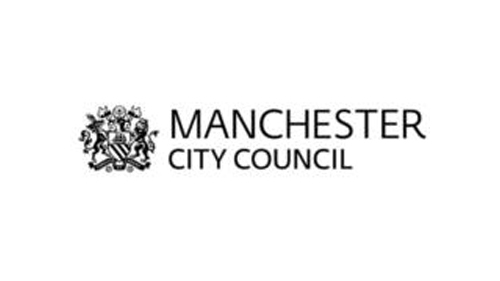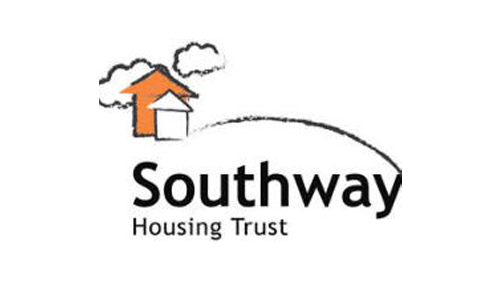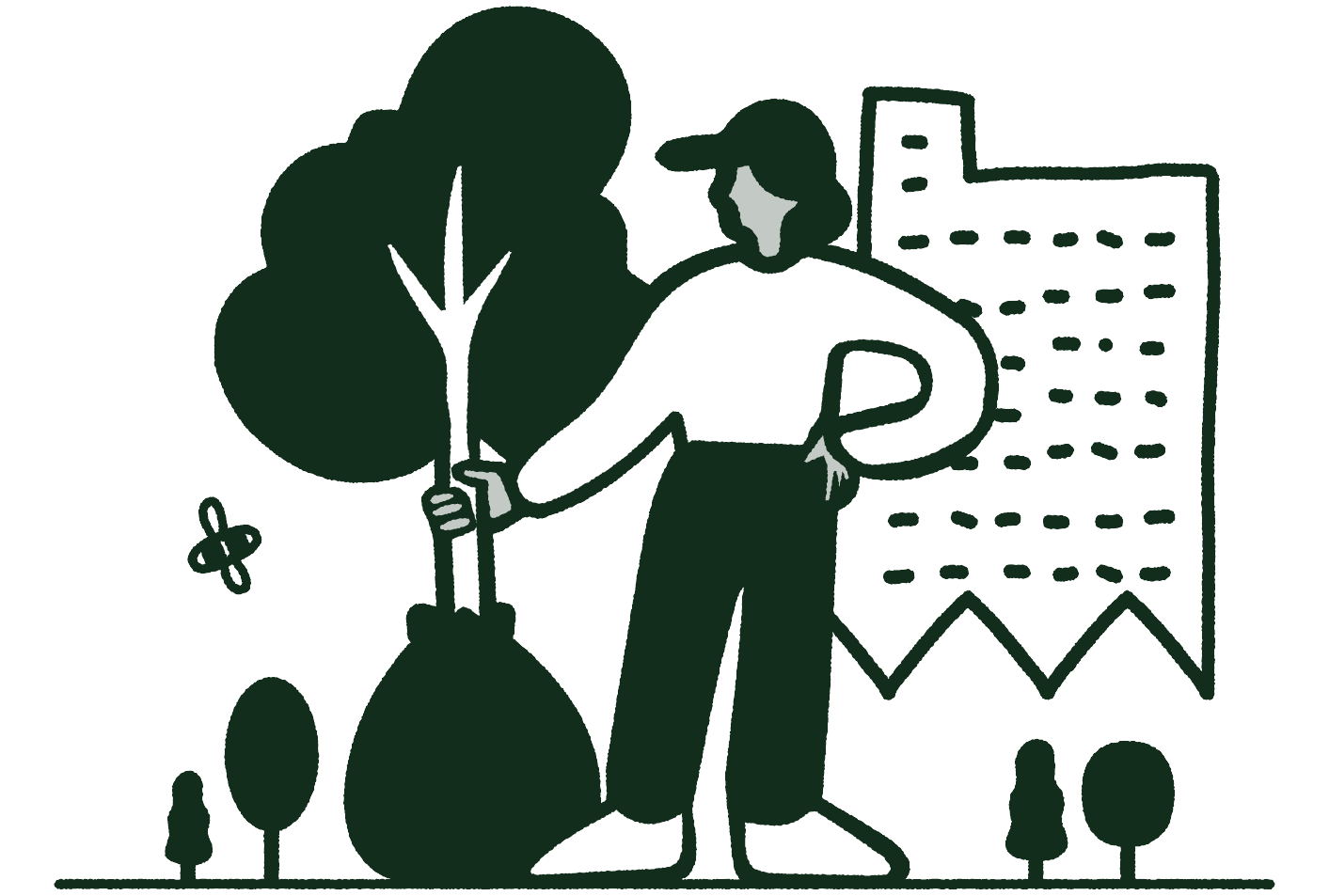A how-to guide for managing green spaces in healthcare setttings
Sow the City worked with the Greater Manchester Integrated Care Partnership to establish a NHS Green Spaces and Biodiversity Toolkit. The toolkit provides an innovative ‘how to’ guide for individuals who are involved with starting or developing environmental projects within healthcare settings.

“By implementing the strategies outlined in this toolkit, healthcare provides can contribute to a healthier, more resilient and sustainable future."
Sir Richard Leese CBE
A toolkit for planning, implementing, and evaluating green infrastructure in ealthcare
The toolkit considers the policy context and case for green infrastructure in healthcare settings, before addressing methods to implement green and blue spaces across healthcare sites, with case study examples, and finishes with methods to monitor the interventions, and outlines potential funding streams.
The toolkit made use of Sow the City staff’s multidisciplinary expertise, spanning green infrastructure, urban agriculture, landscape architecture and social therapeutic horticulture. We consulted with wider partners, including GP staff, the Nature Recovery Ranger at Liverpool University Hospital, and the Greater Manchester Mental Health’s Green Wellbeing Tutor.
The benefits of green spaces, particularly in healthcare settings have been promoted in national policy, for examples through the Environmental Act 2021, the Environmental Improvement Plan 2023, as well as the NHS’s own environmental targets such as, the Health and Care are 2022. The toolkit addresses the importance of nature in healthcare settings outlining that a thriving natural environment is vital to support the nation’s health and well-being, with research showing that exposure to blue and green spaces positively impacts physical and mental health. These benefits can be cultivated to improve the health and well-being of individuals with a range of social needs, through ‘green social prescribing’.
The toolkit outlines how healthcare settings can support nature and biodiversity, through habitat connectivity, wildflower meadows, planting trees, building green roofs and walls. It also looks at how we can build capacity and capability across the workforce, including grounds and estates management teams, clinical staff social prescribing link workers, highlighting the role of the NHS Nature Recover Rangers. The toolkit addresses how we can improve access to nature within healthcare sites, through investing in paths, allowing access to restricted areas and encouraging patients to use the outdoor facilities. Ways to harness the physical and mental health benefits of green spaces are summarised, including biophilic design, therapeutic gardens and through Green Social Prescribing. Blue infrastructure, notably ponds, rain gardens and sustainable urban drainage systems, are outlined as key methods to enhance biodiversity. ‘Grow your own’ initiatives in healthcare settings are suggested to promote health and wellbeing. Methods for sustainable grounds maintenance such as the reduced use of pesticides and low management regimes are recommended.
Finally, green space monitoring and evaluation techniques such as habitat surveys, air temperature and air quality sensors are detailed, alongside funding resources for the suggested interventions.
The costs, funding sources, policy context, monitoring methods, environmental and social benefits of each intervention are summarised in the framework at the end of the toolkit. The toolkit can be accessed through this link.
Do get in touch if you would like to discuss the toolkit further, or if you would like to implement greenspace and biodiversity projects at healthcare sites.



